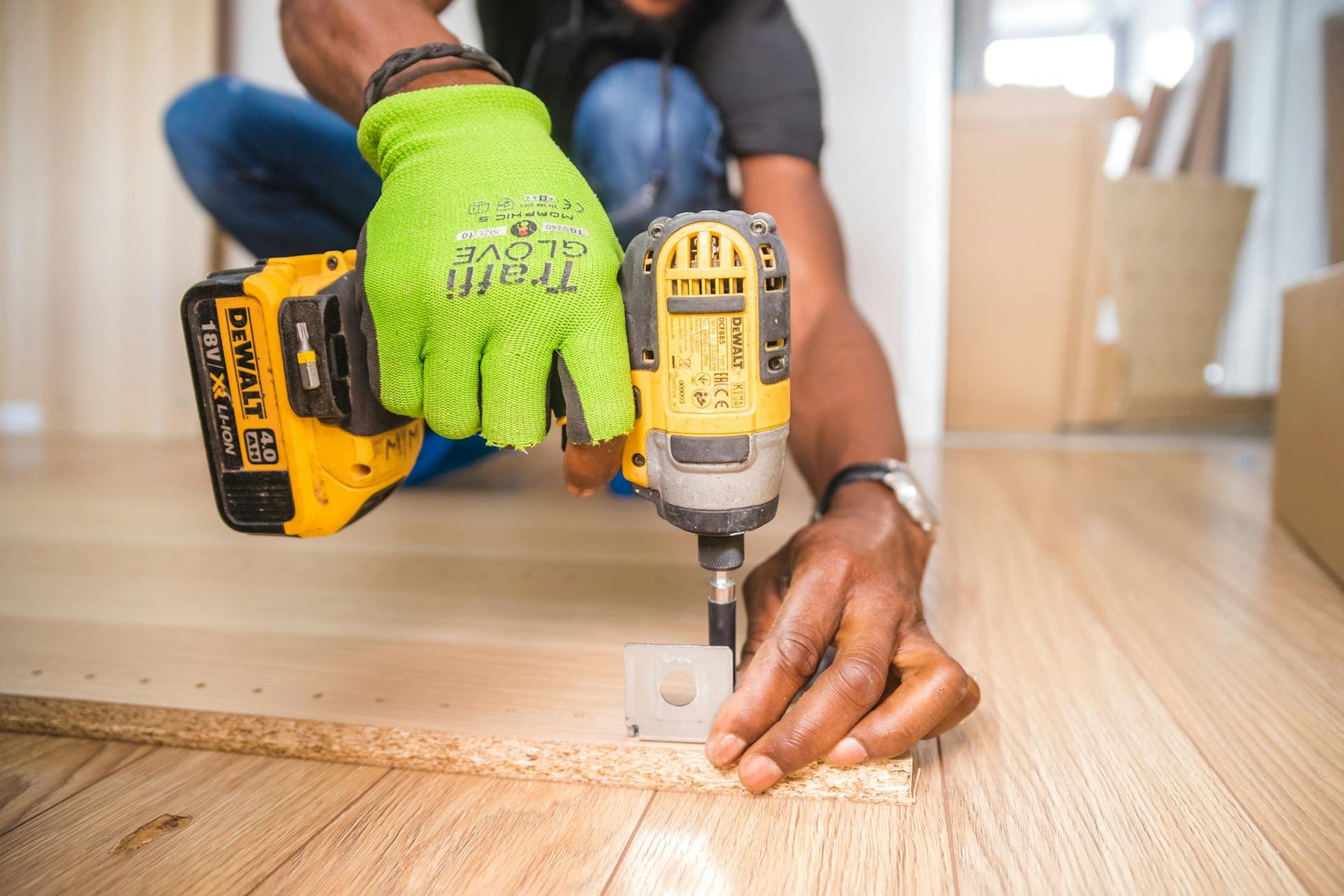
(502) 783-7995
(502) 783-7995


Electric floor heating systems are becoming increasingly popular as homeowners seek efficient, comfortable, and aesthetically pleasing heating solutions. These systems offer even heat distribution and can be installed under various flooring types, making them a versatile choice for modern homes.
In this blog post, we'll consider the best flooring options to pair with electric underfloor heating systems, resulting in optimal performance and comfort.
Electric underfloor heating systems provide a range of benefits that make them an attractive option for homeowners. These systems are easy to install, offer precise temperature control, and eliminate the need for bulky radiators, freeing up wall space. They also provide consistent warmth across the floor surface, enhancing overall comfort.
When selecting flooring to pair with electric underfloor heating, it's essential to consider the material's thermal conductivity, thickness, and durability. The right flooring will efficiently transfer heat from the system to the room, ensuring energy efficiency and comfort.
Ceramic and porcelain tiles are among the best options for electric underfloor heating systems. These materials have excellent thermal conductivity, allowing heat to transfer quickly and evenly.
They are also durable, moisture-resistant, and come in various styles and designs, making them a versatile choice for kitchens, bathrooms, and other high-traffic areas.
Natural stone tiles, such as marble, granite, and slate, are also excellent choices for underfloor heating. They possess high thermal conductivity and retain heat well, providing a warm and luxurious feel underfoot. Natural stone tiles are durable and add a touch of elegance to any room, though they may require regular maintenance to preserve their appearance.
Laminate flooring is another popular option for electric underfloor heating systems. Modern laminate floors are designed to be compatible with underfloor heating and provide good heat transfer.
They are available in various styles, mimicking the appearance of natural wood or stone, and are relatively easy to install and maintain. However, it's important to choose high-quality laminate flooring with proper underlayment to ensure efficient heat transfer and prevent damage.
Engineered wood flooring offers the beauty of natural wood while being more suitable for underfloor heating than traditional hardwood. It consists of multiple layers of wood bonded together, providing stability and resistance to warping.
Engineered wood has decent thermal conductivity and can be a stylish and warm option for living rooms and bedrooms. It's essential to select engineered wood with a recommended thickness for optimal performance with underfloor heating.
Vinyl flooring has gained popularity for its versatility, affordability, and ease of maintenance. It is also a good option for underfloor heating, provided it's installed correctly. Vinyl floors are available in a wide range of designs, including options that mimic wood, stone, or tile.
They have moderate thermal conductivity and can be comfortable and warm underfoot. However, it's important to choose high-quality vinyl flooring that is specifically designed for use with underfloor heating systems.
While many flooring types work well with electric underfloor heating, some are less suitable due to their thermal properties or potential for damage.
Solid hardwood flooring, for instance, is prone to warping and shrinking with temperature fluctuations and is not recommended for underfloor heating. Thick carpets can also act as insulators, reducing heat transfer efficiency and should be avoided or used sparingly.
To ensure your electric underfloor heating system works efficiently with your chosen flooring, consider the following installation tips:
Electric underfloor heating systems offer a comfortable, efficient, and modern heating solution for any home. With careful consideration and proper installation, you can enjoy the luxurious warmth and aesthetic appeal of electric underfloor heating in any room of your home. View our range of floor heating mats and underfloor heating cables.

Our under floor heating experts will work on the design and layout of your project, for free!